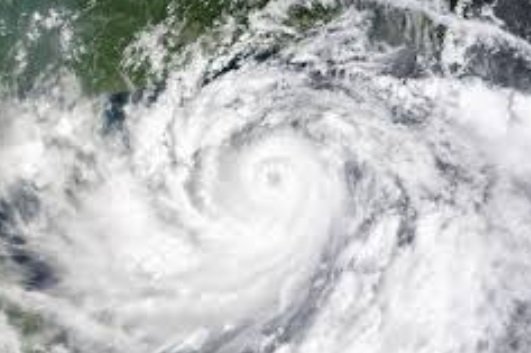
In early September 2024, Typhoon Yagi tore through Southeast Asia, becoming the most powerful and destructive storm of the year. The typhoon brought catastrophic winds, torrential rain, and massive flooding, devastating countries like Vietnam, Myanmar, Laos, and Thailand. Its aftermath has left a trail of destruction, claiming over 400 lives and displacing hundreds of thousands of people from their homes.
Impact on Affected Countries
Vietnam: The Epicenter of Destruction
Vietnam was the hardest-hit by Typhoon Yagi. The storm claimed 292 lives, with the provinces of Quang Ninh and Hai Phong City suffering the most significant damage. Property losses are estimated at a staggering ₹40 lakh crore, a figure that will severely impact the nation’s economy for years to come. Infrastructure, homes, and farmlands were obliterated by the storm’s fury, leaving the nation grappling with the scale of the recovery required.
Myanmar: A Rare Plea for International Aid
In Myanmar, Typhoon Yagi left a heavy toll. The country reported 113 deaths, with more than 320,000 people evacuated to temporary shelters. Given the gravity of the situation, Myanmar’s government made a rare appeal for international assistance, a notable move from a regime typically reluctant to seek external aid. The destruction has exacerbated an already delicate situation in a nation still recovering from previous natural disasters and political instability.
Laos and Thailand: Historic Flooding
Laos and Thailand also faced significant challenges from the storm. Thailand experienced its worst flooding in 80 years, resulting in 10 fatalities and severe disruptions to transportation networks. The rising waters of the Mekong River further increased the risk of landslides and more flooding, putting additional pressure on relief operations. Laos, similarly affected, struggled with overflowing rivers and damaged infrastructure as Typhoon Yagi continued to dump heavy rains.
Lingering Threats Despite Weakened Storm
Although Typhoon Yagi has weakened into a tropical depression, the storm continues to bring heavy rainfall to the region. Rising water levels in the Mekong River are a critical concern, with warnings of further landslides and flash floods. The damage may not yet be fully realized, as the storm’s lingering effects continue to endanger the region’s vulnerable populations.
International Response and Humanitarian Aid
In the face of this devastating crisis, the international community has begun to mobilize. India was one of the first nations to respond, launching Operation Sadbhav, a relief effort aimed at helping the worst-affected areas. India has pledged $1 million in aid and is providing essential supplies such as food, clothing, and medicines. The operation reflects India’s growing role as a regional humanitarian leader, especially in times of crisis.
UNICEF has also issued a dire warning about the impact on children in the affected areas. Many have lost their homes, and their education has been disrupted, as schools have been destroyed or are being used as shelters. The long-term psychological and social impact of this disaster on younger generations is a growing concern.
Lessons from Past Disasters: The Call for Better Preparedness
Typhoon Yagi is not the first storm to wreak havoc in this region. Southeast Asia has a long history of devastating typhoons and floods. In 2008, Cyclone Nargis struck Myanmar, leaving over 130,000 people dead. Severe storms also caused widespread damage in 2011 and 2015. These recurring disasters have sparked criticisms of regional governments’ disaster preparedness, as the scale of the damage often exceeds existing response capabilities.
Despite some improvements in disaster management, Typhoon Yagi has exposed vulnerabilities in early warning systems, infrastructure resilience, and evacuation protocols. The region’s governments face increasing pressure to strengthen their disaster preparedness and response strategies to prevent future catastrophes of this magnitude.
A Region in Recovery
As Southeast Asia begins the long process of recovery from Typhoon Yagi, the international community’s support will be crucial. Governments, aid organizations, and local communities must work together to rebuild homes, restore livelihoods, and implement better disaster management systems to protect against future storms. Typhoon Yagi stands as a stark reminder of the region’s vulnerability to natural disasters and the pressing need for more robust measures to safeguard its people.

